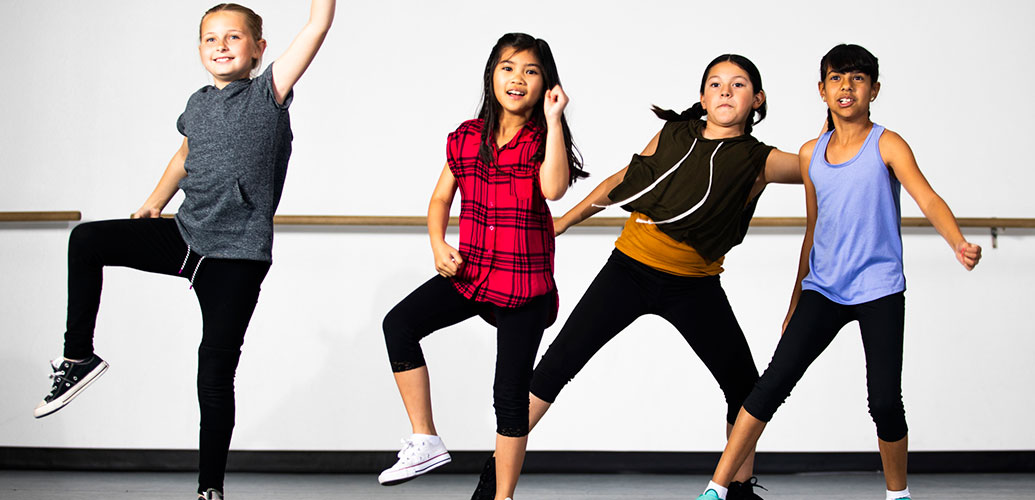
Prior to the twentieth century, dance was a purely social activity or was theatrically performed. Dance turned into genuine sport at the beginning of the twentieth century, when French entrepreneur, dancer and choreographer Camille de Rhynal and a group of dancers added competition to what had been purely a social activity, when they converted ballrooms into venues for their dance contests.
The first Tango tournament with international participation took place in Nice, France, in 1907. Ballroom championships in Paris, Berlin and London were soon to follow. France, Germany and England continued to assume the lead in fostering the emergence of a sport that seemed to fit in perfectly with the roaring twenties. In 1922 the sport split into professional and amateur levels and more complete competition records exist.
An inaugural world championship truly deserving of such title was held in Bad Nauheim, Germany, in 1936. Couples from fifteen nations and three continents were involved. Even though World War II then brought most of the competitive dancing to a halt, a new sport was born.
After a break for WWII, ballroom dancing competitions became fragmented among competing organizations. In 1950, the International Council of Ballroom Dancing (WDC today) was founded and became the first international professional dance organization and was recognized as conducting true world championships. Today, the World Dance Council is made up of 70 member countries. WDC conducts congresses, workshops and competitions around the globe in both ballroom and latin dance.
In researching the topic of competitive dance, I found that current dance scholarship is primarily adult focused. The history of dance education and dance competition for children is poorly researched and documented. As Tresa Randall (2014) notes:
Dance education for children is an important component of the dance profession, and provides the lifeblood for many dance organizations, but is rarely examined by dance historians.
Today, there are hundreds of independent competition companies that tour the country conducting regional and national dance competitions for children and teens. At each regional, there may be hundreds of dancers performing solos, duets, trios, small group, large group - in many dance styles and forms. The dance competition multi-semi touring fleet is a far cry from the humble beginnings of the industry in the late 1970s where competitions were known to operate out of the back of a station wagon or van.
Dance education in schools has also advanced rapidly. Until the 1990’s, if there was dance in secondary education, it was typically part of the physical education curriculum. Eventually states developed curriculum guidelines with specific outcomes identified. Many states now conduct high school dance championships. In Minnesota, 16 high school teams advance from quarterfinal to semi final rounds in both Jazz and High Kick. Over the 2-day state championships, over 2500 spectators fill our pro basketball arena to cheer the final dance teams from each region. Schools compete by class (A, AA, AAA) defined by total enrollment – similar to football, and other sports. Larger high schools will have varsity, jr. varsity, and B squads to provide opportunities for all the students who wish to participate.









Validate your login